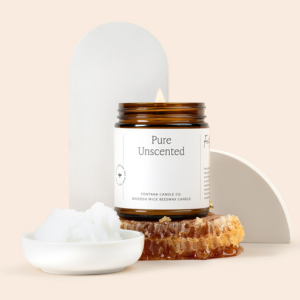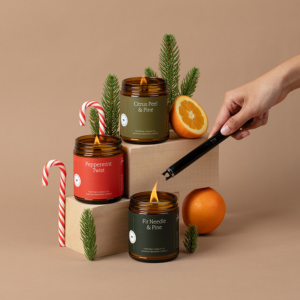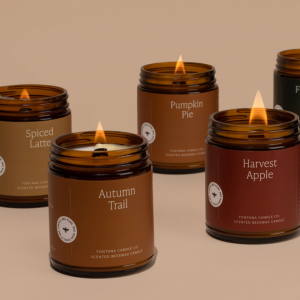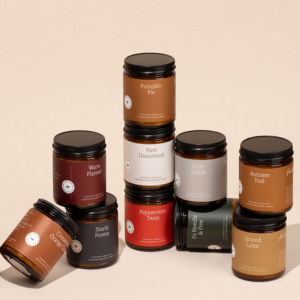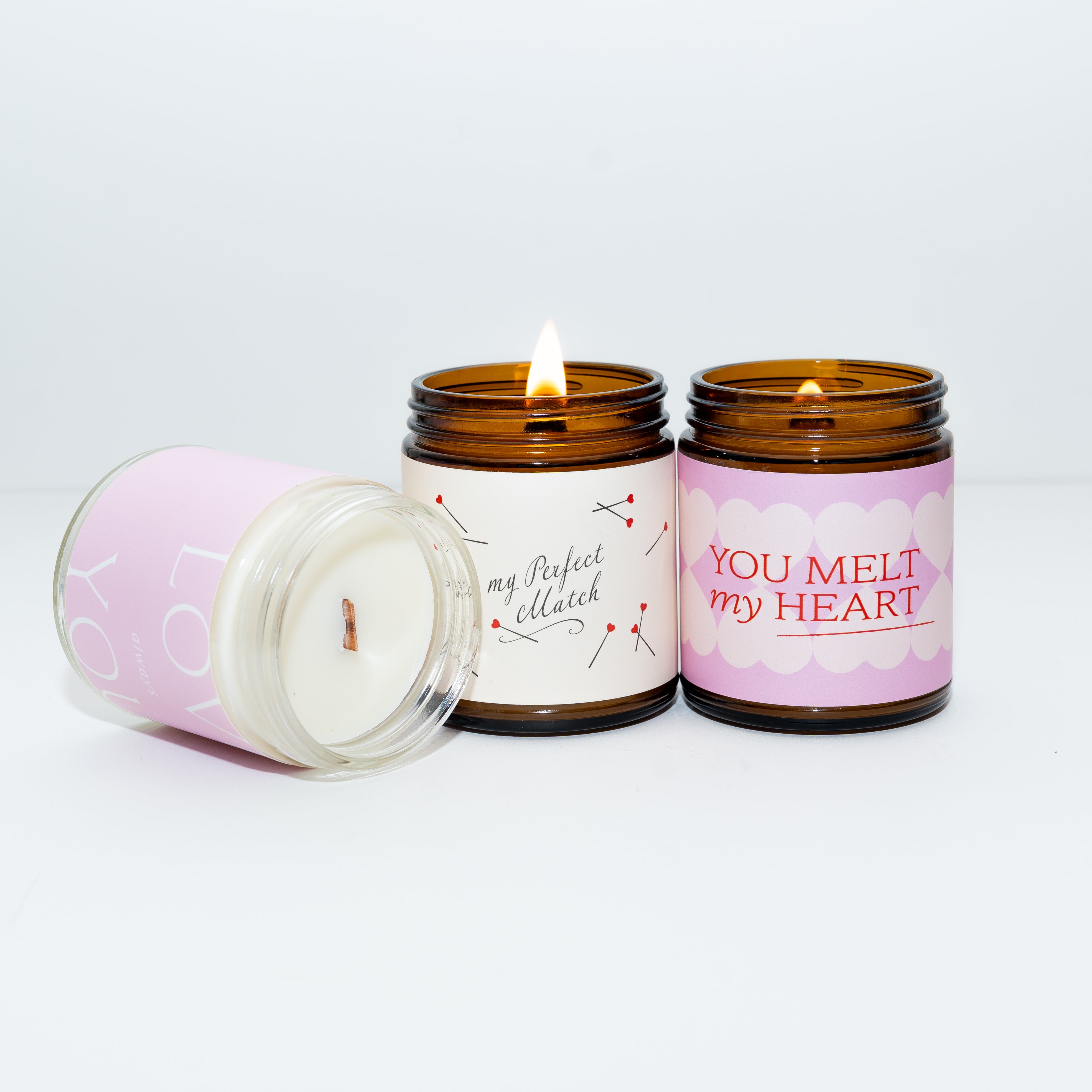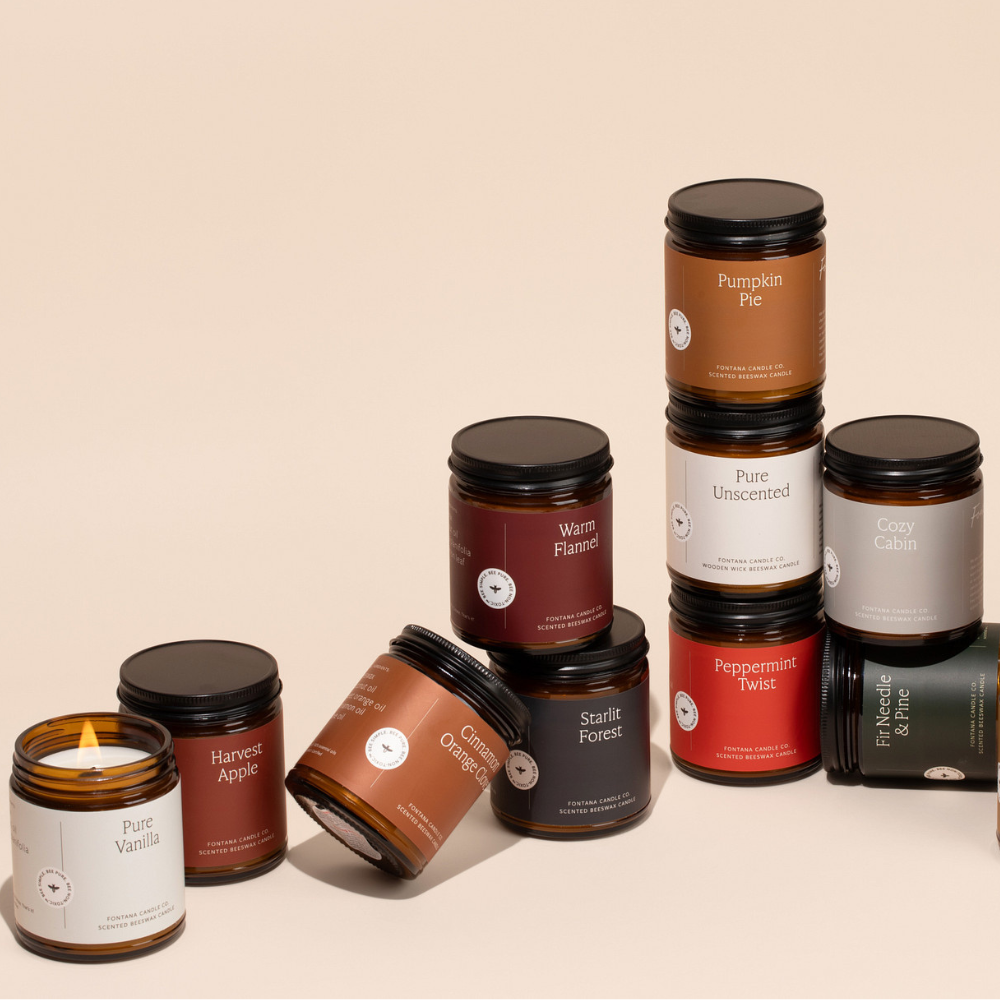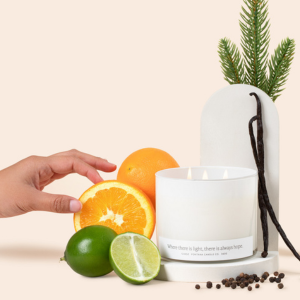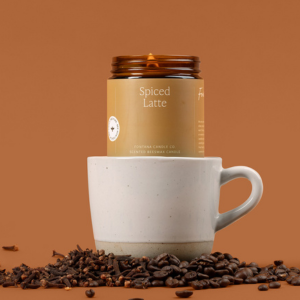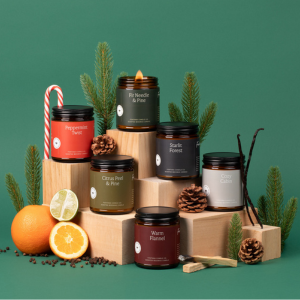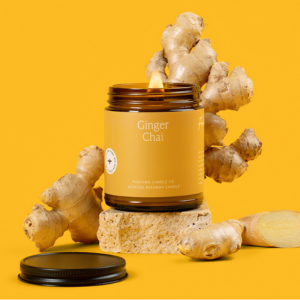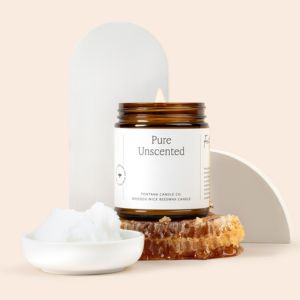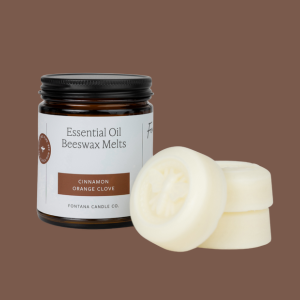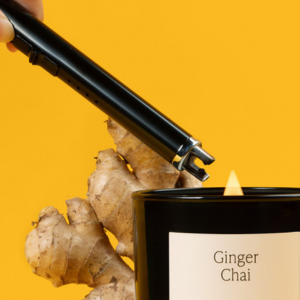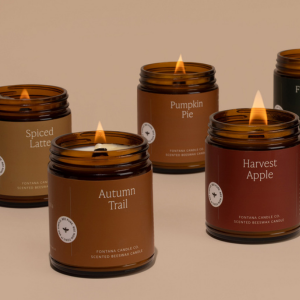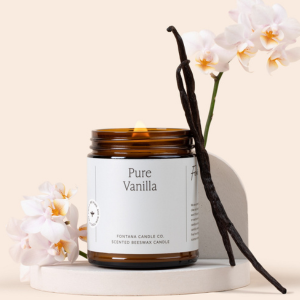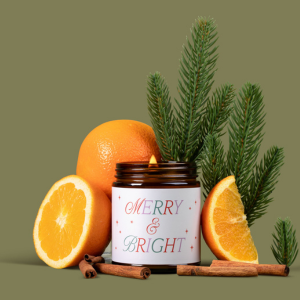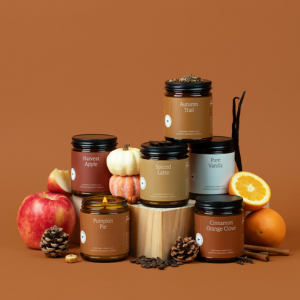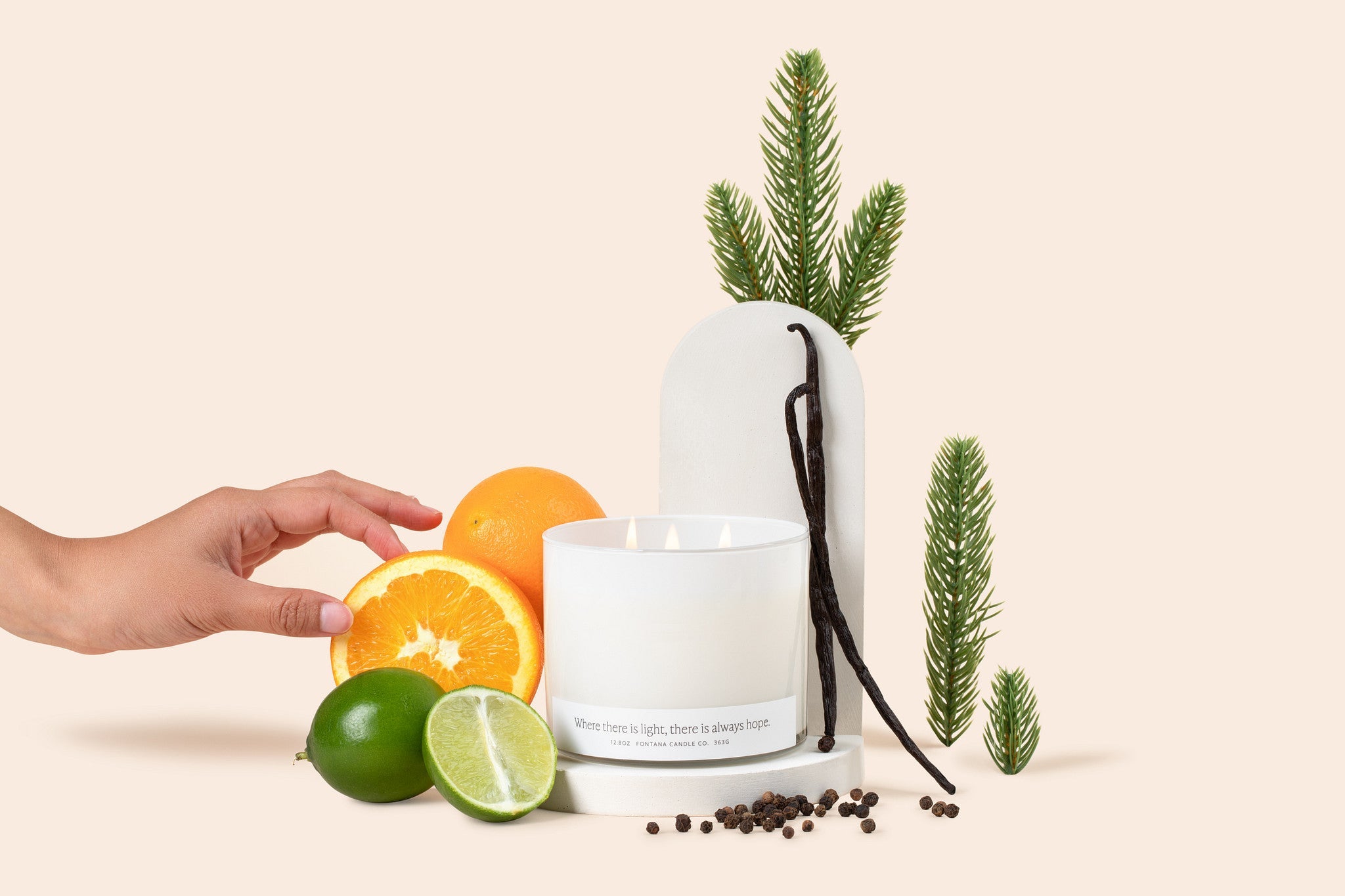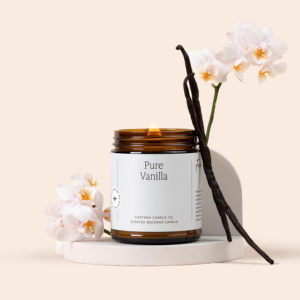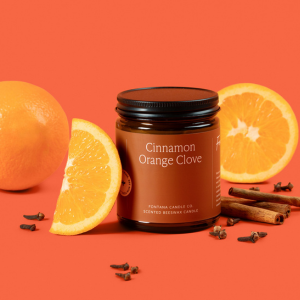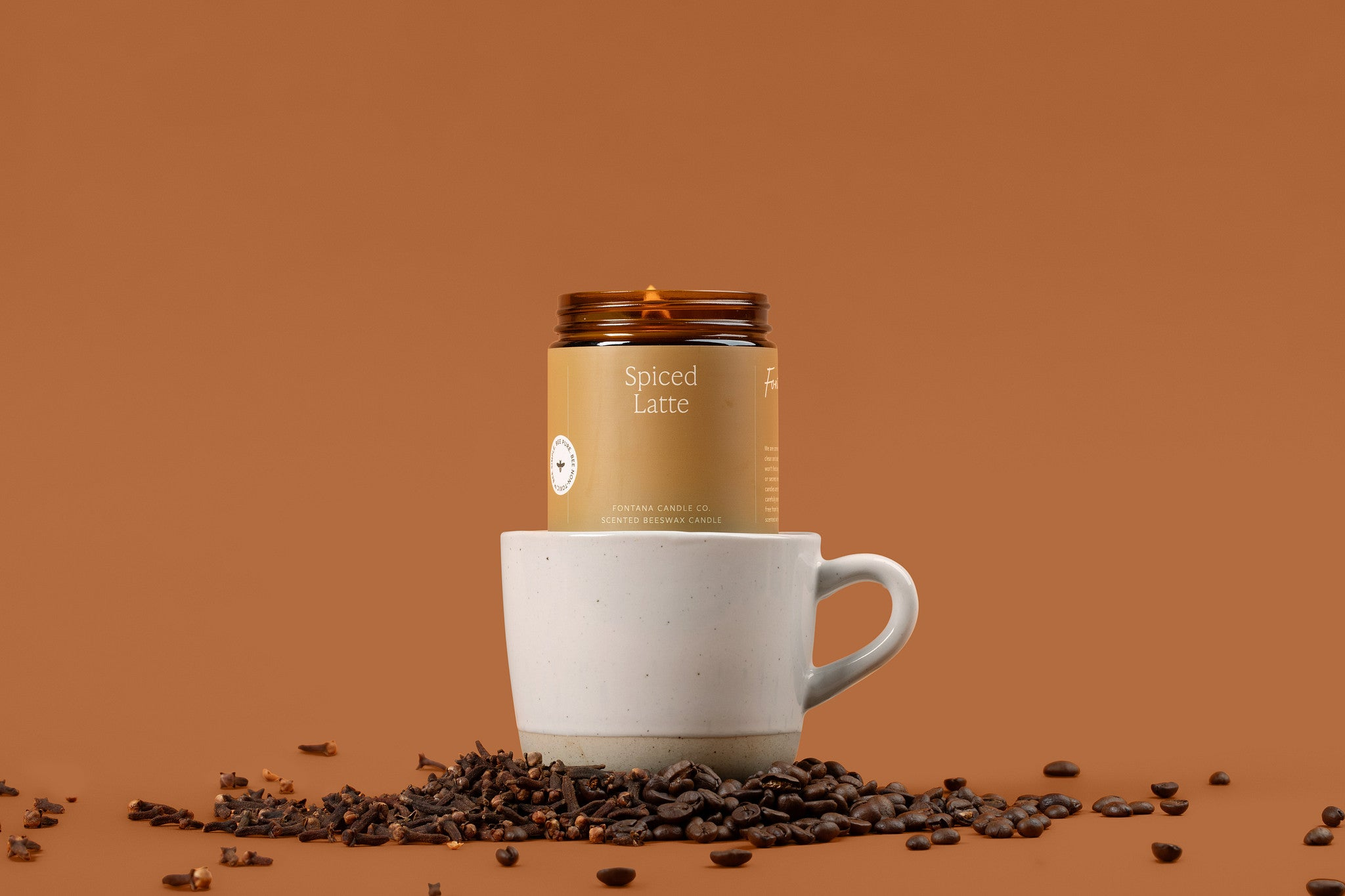As many of you know, it has become increasingly challenging to distinguish between genuinely nontoxic brands from those that are merely greenwashing. This issue is even prevalent in the candle industry, where a growing number of companies market their products as "clean" and "toxin-free," yet fail to fully disclose their ingredients. This has come with an increase in health and wellness influencers endorsing these brands, adding to the confusion.
You'll never find us endorsing a claim that hasn't been validated by research. This dedication stems from our core value of absolute transparency. It is also why we pursue third-party certifications—ensuring that you don't just have to take our word for it, but we have the evidence to back it up.
Today, we'd love to share some knowledge about coconut wax, especially its role in nontoxic candles! As many of you know, our candles and wax melts are made from a blend of coconut oil and 100% pure beeswax. We believe it's important to shed light on why we chose these specific ingredients for our products!

Anyone familiar with coconut oil understands how it easily melts in your hand or in the jar during the summer, leaving behind a greasy residue. Due to this, coconut oil is not an optimal choice for candle-making when used on its own! Coconut wax is produced through a specific manufacturing process, whereas coconut oil is a natural substance found within coconuts. Coconut oil cannot be pressed or condensed to create a wax. Incorporating a different variety of wax like paraffin, soy, palm, or beeswax into the coconut oil is an essential component. However, it's important to note that candle ingredients are not subject to strict regulations, allowing brands to omit the disclosure of these additional waxes in their product formulations.
We've grown skeptical of food brands that claim to be healthy while listing "natural flavors" among their ingredients. Often, when we inquire about these natural flavors, many brands are unable to specify their origins or composition. Candle brands that claim to only use coconut wax in their wax formula are very similar to these food brands. Either they source their coconut wax from suppliers who withhold full ingredient disclosure, or the brands themselves lack transparency regarding the additives in their coconut wax.
A new addition to the market is the coconut apricot wax, touted as a healthy and sustainable option. It's crucial to note that apricot wax shares a similar consistency with coconut wax. Consequently, coconut apricot wax is typically mixed with small amounts of either soy or paraffin wax, which diminishes its health benefits as initially claimed.
Currently, numerous candle brands are marketing themselves as "clean," highlighting coconut wax as their sole ingredient. However, if these candles are shipped in the summer or to warmer regions, they're likely to melt before reaching their destination. So, the question arises: how can we determine whether a coconut wax candle also contains soy without subjecting it to lab testing?
Several methods exist to determine whether a coconut wax candle contains added soy wax.
- After the initial burn, you might observe a change in texture. A distinctive feature of soy candles is the bumpy surface they frequently develop upon cooling.
- You can touch the wax to inspect it! Coconut wax and even paraffin wax will have a soft and oily consistency. A soy candle will feel hard to the touch and is opaque.
We’ve decided to incorporate beeswax with our coconut oil to create the wax formula we use for our candles and wax melts. By adding the beeswax, we create a firmer, longer lasting product. Beeswax is considered a sustainable and health-conscious wax for candle-makers because it is the only wax that is naturally occurring as is.
We demonstrate our commitment to ingredient transparency through continuous pursuit of third-party certification. Our candles set the standard by being the first to achieve MADE SAFE Certification. For those unfamiliar with MADE SAFE, we strongly encourage you to explore their rigorous certification process. It stands as the sole product certification program centered on human health and environmental safety.
Resources:
CandleWic Coconut Apricot Candle Wax
candlescience IGI6046 Coconut/Paraffin Blend Wax
candlescience Golden Brands454 Coconut Soy Wax
Candles & Supplies Coconut Wax Blends
Ceda Serica® Coconut Apricot Candle Wax
Cargill Nature Wax Coconut 1 - this is a "wax additive" and not a standalone wax.
Cargill Nature Wax Coconut Wax 2 - Coconut/Soy
The Wax Chandler: Why Are My Soy Candles Rough on Top?
Well & Good: The Trick to Choosing a Quality Scented Candle




